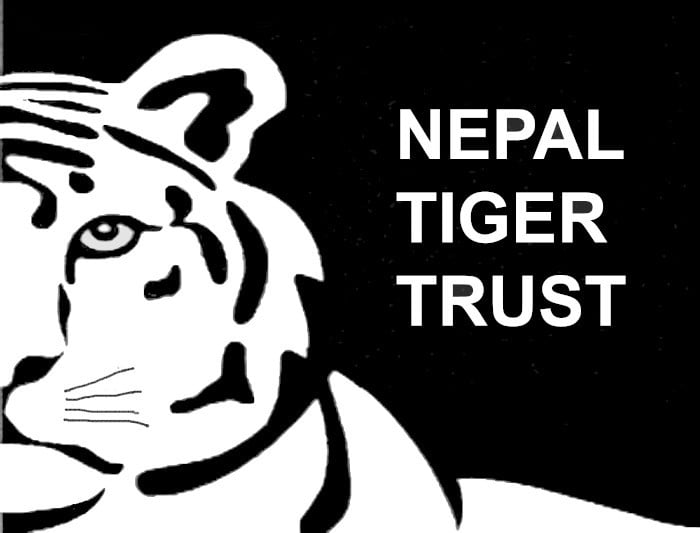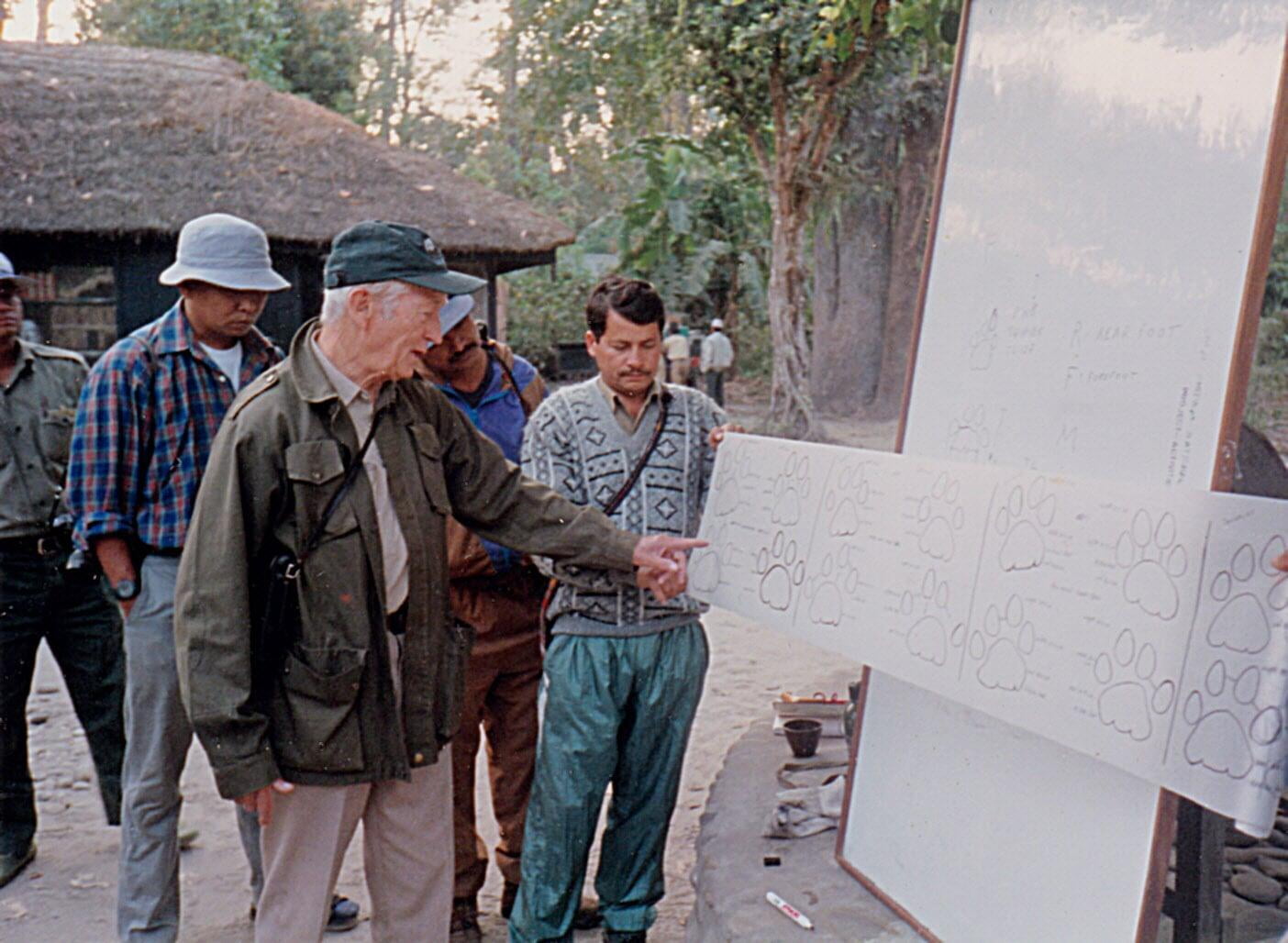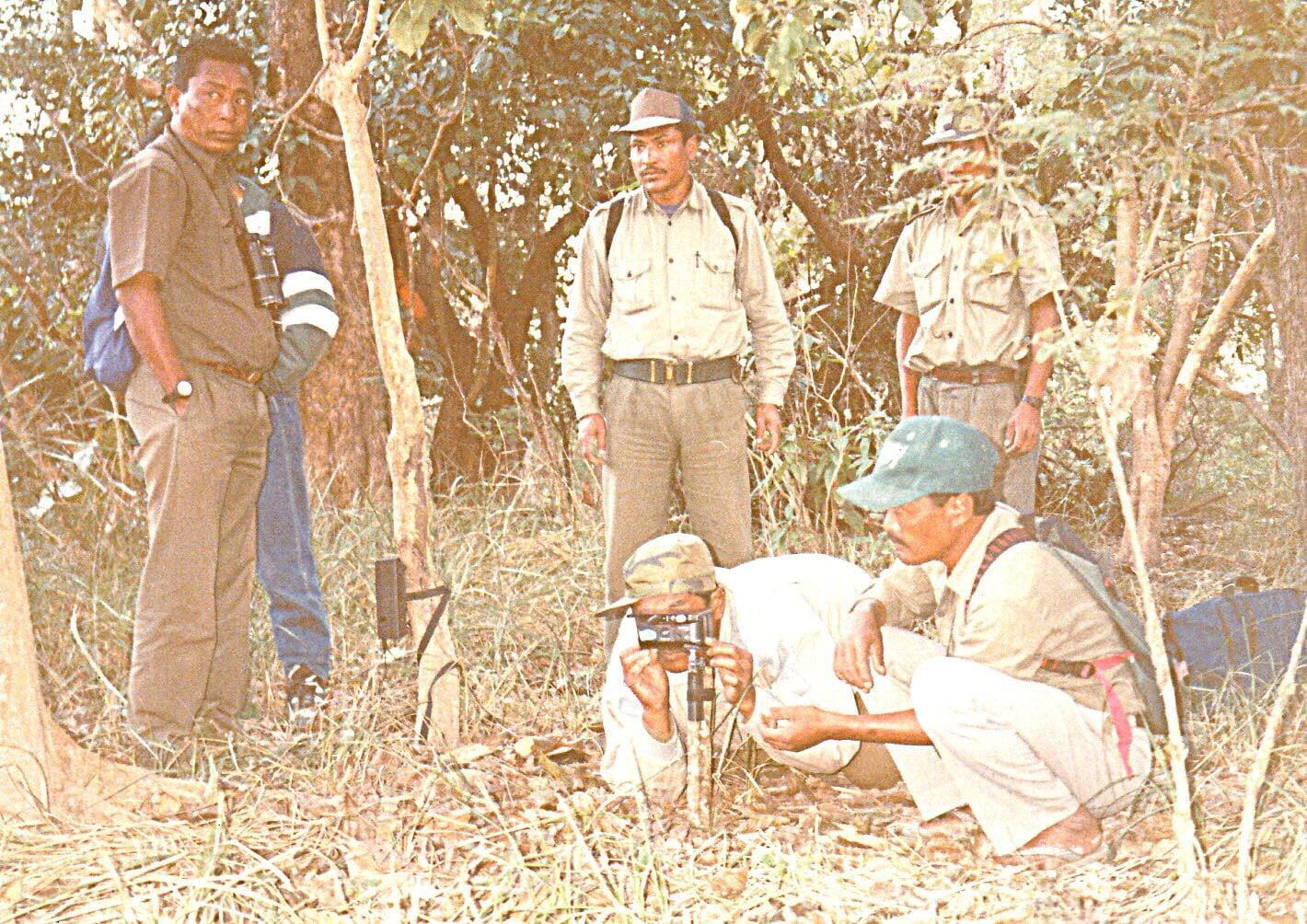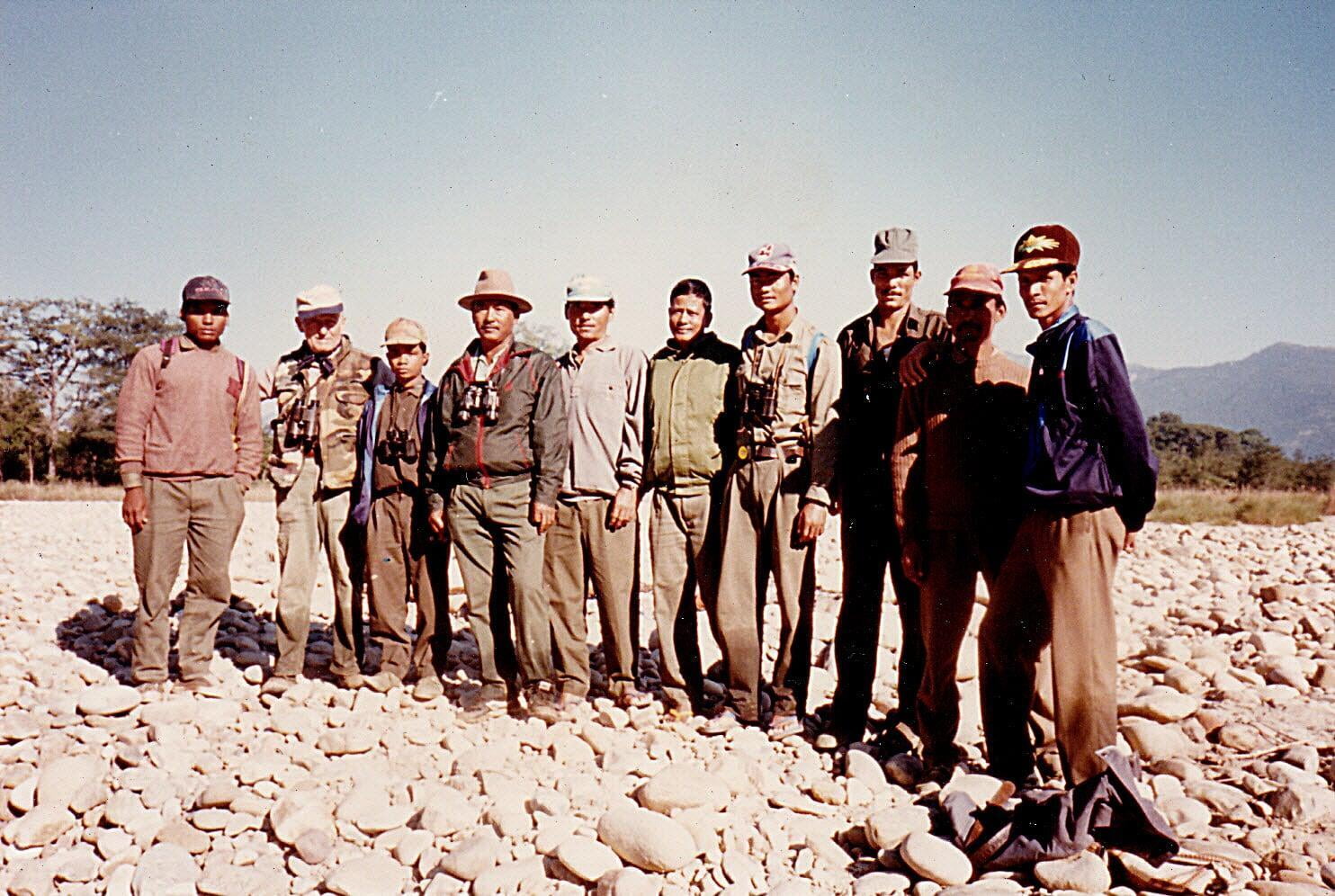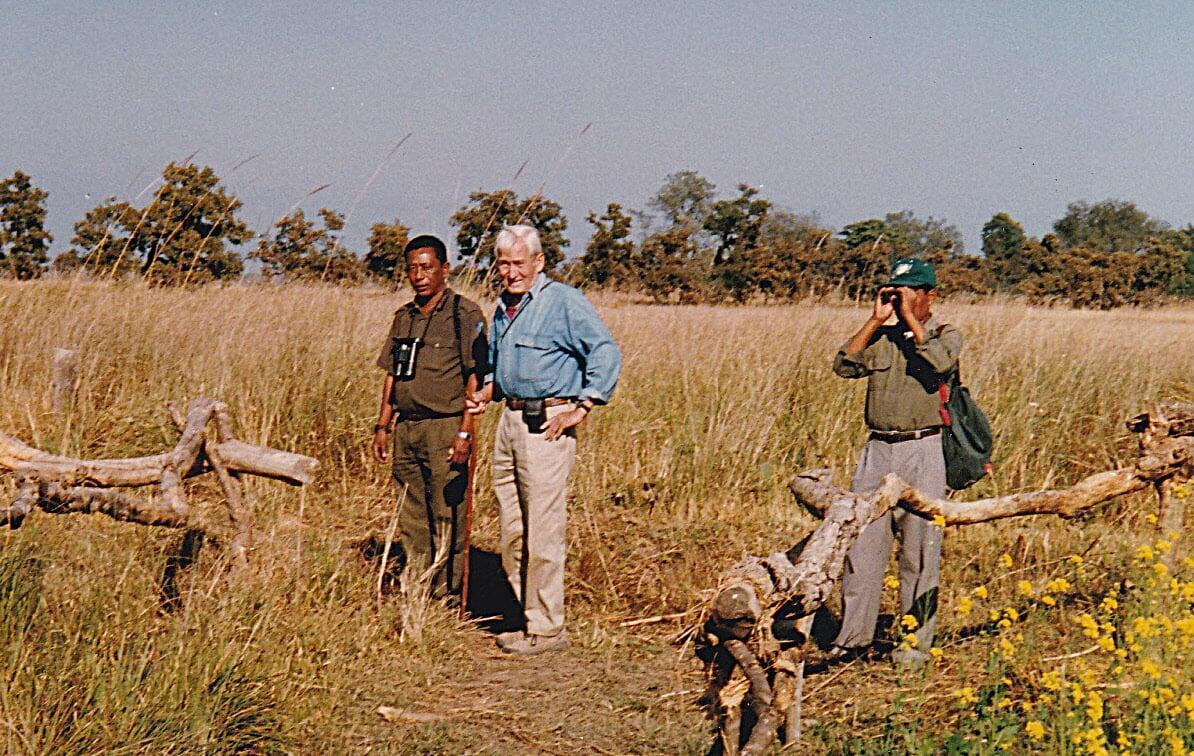Summary
The Long-Term Tiger Monitoring (LTTM) project was initiated in 1980 by Dr. Charles McDougal to understand the population dynamics, life histories, and reproduction of tigers living in an area of approximately 100² km in the western end of Chitwan National Park. Funded by the International Trust for Nature Conservation (ITNC) from the start, the LTTM was also a continuation of one element of the Smithsonian Institution’s Nepal Tiger Ecology Project that focused on tiger movement and activities pattern conducted between 1974-1980, using radio-telemetry. By that time, McDougal had established the reliability of pug-marks identification of individual tigers by carefully investigating pug-marks of known tigers that has been seen at the baiting sites at Tiger Tops. Every tiger visiting the baiting sites were identified or known using its facial and body stripes. With constant observation it was possible to identify the individual tiger by pug-marks alone. Additionally, pug-marks tracking is much cheaper compared to radio-tracking. Therefore, pug-marks tracking method was used to monitor individual tiger from 1980 to 1995. However, in the early 90’s game cameras were commercially available, which provided easy and more reliable identification of individual tigers than pug-mark technique. As such, camera trapping has been used since 1995 and has become a standard tiger monitoring protocol for LTTM. Four decades of LTTM data has been summarized and published by Dr. McDougal and his associates in 2016. Since the use of camera trapping methodology, the Fund for the Tiger (TFFT) has been co-funding the LTTM project and in 2010, Nepal Tiger Trust (NTT) was established to institutionalize the work of LTTM and to protect wild tigers forever in Nepal.
The Outcome
One of the most anticipated outcomes from the LTTM project is a book on Chitwan Tigers by Dr. Charles McDougal and Dr. JL David Smith. This is expected to cover all aspects of tiger biology including behavior, life histories, male /female territoriality, population structure, communication, mating / reproduction, dispersal, conflict, etc. We expect to see LTTM data analyzed, interpreted and explained in the book. We eagerly await publication.
Although this defining work is not yet published, Dr. McDougal has published more than 25 scientific articles relating to tigers in high impact scientific journals and contributed chapters to several collaborative books. He also has written numerous project annual reports to Smithsonian Institution and Department of National Park and Wildlife Conservation. He has authored many articles on the tiger interactions, field observations and human-tiger conflict incidents in popular books and magazines. Some documentaries have also been made on the tiger, based on this project. Using baseline data from the LTTM project: one PhD thesis chapter (Gurung) and one MS thesis (Barlow) have been completed. The LTTM not only focused on collecting individual tiger data, but also were collecting other tiger related information such as scats, human-killing incidents, poaching cases etc. Much of the understanding of tiger biology, behavior, interactions, territoriality, life histories, reproductions and dispersal come from Chitwan NP and LTTM is a major contributor.
The LTTM always worked very closely together with Chitwan NP Authorities in resolving the conservation and management challenges. LTTM collaborates with Parks in assessing tiger population, help in human-tiger conflict resolutions, anti-poaching efforts and capacity building of field staff. In 1994-1996, LTTM associates coordinated “Tiger Counts” conducted in Chitwan NP, Bardia NP, Suklaphanta WR and Parsa WR in collaboration with respective Park’s Chief Conservation Officers, National Trust for Nature Conservation (NTNC) and ITNC / LTTM tiger technicians. Such collaboration continues in Chitwan NP. Similarly, LTTM technicians have become an integral part of the human-tiger conflict resolution team when it comes to resolving human-tiger conflict situations that occur in the LTTM study site or surrounding areas. LTTM technicians have been assisting Chitwan NP management in identification and removal of the problem animal or controlling the angry locals if the incident occurred in the buffer zone. Likewise, LTTM associates has provided several training workshops and has trained game scouts, rangers, forest guards, Bagh Heralus, college students and local people in pugmark tracking and camera tracking field techniques.
The above mentioned are some of the major highlights of the LTTM project for which Dr. McDougal was awarded by Nepal’s Ministry of Forests and Soil Conservation in 1997 for his lifelong dedication to tiger conservation. Similarly, Dr. McDougal was also awarded with WWF Abraham Conservation Award in 2006 and Brian Hodgson Award in 2012. WWF Abraham Conservation Award was also granted to LTTM senior tiger tracker, Sukram Kumal, in 1996 and LTTM associate Dr. Bhim Gurung in 1998. Moreover, in 2015, LTTM senior technician Baburam Mahato was awarded by Chitwan National Park for his outstanding contribution to tiger and biodiversity conservation in Chitwan NP and its surrounding areas.
Dr. McDougal died in 2016 and will ever be sorely missed. It is the intention of the ITNC, The Fund for the Tiger, and the Nepal Tiger Trust to continue his pioneering work as a tribute to his memory and to the betterment of effective tiger conservation in Nepal and beyond.
Vision for next 5 years (year of the tiger 2022) and beyond
The short-term vision for next 5 years: LTTM project will continue until the year of the tiger 2022 and envision a stable tiger population in the Chitwan NP. We will continue monitoring tigers to increase tiger database, collaborate with Chitwan NP management in their camera trapping effort, support government anti-poaching initiatives, assist Park authorities in problem tiger’s conflict resolutions, develop innovative proposals addressing the emerging tiger conservation challenges, and create alliances with local, national and international organizations to achieve the vision.
Long Term Vision: Our vision is to save wild tigers forever in Nepal. To achieve such vision, we will continue projects for long term and establish a “Tiger Center” in the buffer zone of Chitwan NP for effective implementations.
